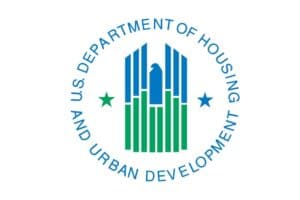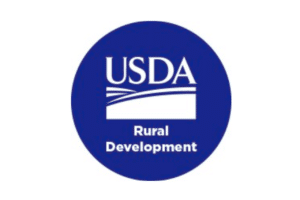| By Adam Norlander, Klein Hornig LLP
On April 4, 2019, HUD published a proposed regulation to implement the policies of Section 3 of the Housing and Urban Development Act of 1968, as amended (“Section 3”). The goal behind Section 3 is to ensure that employment and other economic opportunities generated by federal financial assistance for housing and community development programs is, to the greatest extent feasible, directed toward low- and very low-income persons, particularly recipients of government assistance. HUD’s current regulations at 24 CFR Part 135 were promulgated as an “interim” rule in 1994. Since then, HUD has undertaken several efforts to reform the Section 3 interim rule, but no final regulations have been issued. Senior HUD officials, including HUD Secretary Carson, indicate that HUD’s adoption of a final Section 3 rule is one of HUD’s top priorities. As proposed, the new rule would represent an overhaul of HUD oversight and administration of Section 3 by integrating requirements into regular program oversight and enforcement mechanisms and removing a separate compliance review process. Applicability – The proposed new rule would apply to:
Focus on Sustained Employment and Targeting of Certain Types of Workers –
Reporting Requirements — The proposed new rule:
Section 3 Safe Harbors – The proposed new rule indicates that:
Public Participation – HUD indicates that:
Should you have any questions about this KH Housing Alert or require any further information, please contact Adam Norlander at anorlander@kleinhornig.com or (202) 495-7205. Reprinted with permission. This housing alert is intended as a source of information for clients and friends of Klein Hornig LLP. The content should not be construed as legal advice, and readers should not act upon information in this publication without professional counsel. This housing alert may be considered advertising under certain rules of professional conduct. Copyright © 2019 Klein Hornig LLP, All rights reserved. |
Related Posts

Supreme Court Hears Oral Arguments on Local Bans on Homeless Encampments
On Monday, the U.S. Supreme Court heard oral arguments in City of Grants Pass, Oregon v. Johnson.

HUD Updates Multifamily Wind and Storm Insurance Policy
HUD announced an increase in deductibles for wind and named insurance coverage for multifamily properties financed with FHA-insured mortgages as a measure to address rising wind and storm insurance costs in recent years with extreme weather events expected to continue.

EPA Awards Solar for All Grants, NHT Selected
The Environmental Protection Agency (EPA) awarded grants under the $7 billion Solar for All program, which will create or expand existing low-income solar programs.

USDA Rural Development Decoupling Program Development Stakeholder Session – April 25
The decoupling of rental assistance from Section 514/515 loans under the Consolidated Appropriations Act of 2024 will now permit properties with Section 514/515 maturing mortgages to continue to receive rental assistance to further preserve affordable housing. A stakeholder engagement session is being held on April 25 at 2 p.m. ET and those interested in participating are encouraged to register.